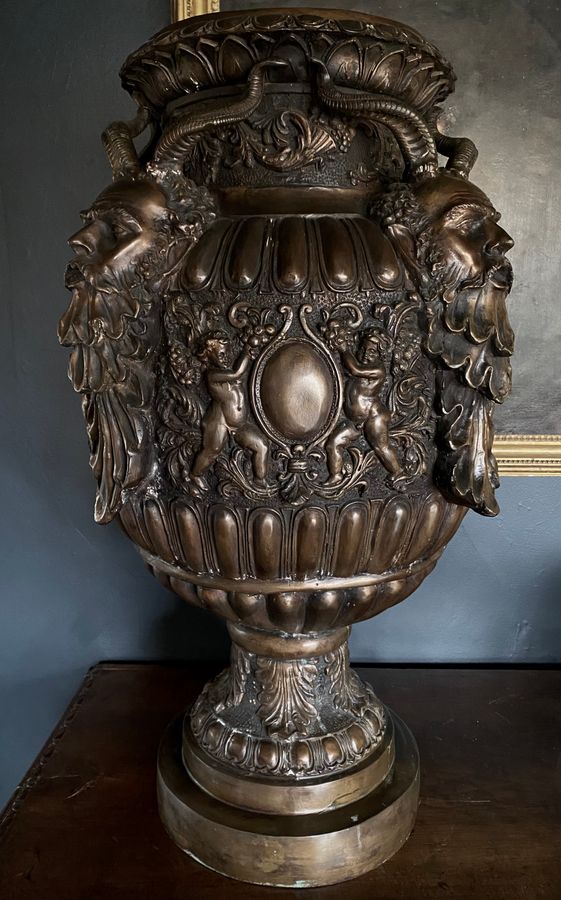featured item
antique bronze statue of venus de milo musee du louvre 19th c

antiques available from other sellers in antique art > bronzes
-
![Bronze 'Bacchus' Cast Urn]() £12500.00
£12500.00bronze 'bacchus' cast urn Read more
Cheltenham House Antiques -
![Religious high-relief in bronze of the early 20th century]() £981.09
£981.09religious high-relief in bronze of the early 20th century Read more
Parino Mercato Antiquario -
![Bronze group after Clodion, circa 1875]() £750.00
£750.00bronze group after clodion, circa 1875 Read more
Frank Craig Antiques -
![Striking bronze figure of the youth David, circa 1870]() £1600.00
£1600.00striking bronze figure of the youth david, circa 1870 Read more
Frank Craig Antiques
- View other items in:
- antique art
- bronzes
Still not found something similar? Why not save a search and get a notification in your inbox when an matching antique is added to our ever-growing database?
Enter your email address to be sent alerts when new items are added to the site that match your search criteria

A French antique bronze sculpture of the famous ancient Greek statue, Venus de Milo, circa 1890 in date.
This high-quality sculpture is made from dark brown patinated bronze and is inscribed Musee du Louvre on the base.
The attention to detail throughout the piece is second to none and the figure is extremely lifelike.
Condition:
Our reference: A1726
TheVenus de Milois an ancient Greek statue and one of the most famous works of ancient Greek sculpture. Initially, it was attributed to the sculptor Praxiteles, but based on an inscription that was on its plinth, the statue is now thought to be the work of Alexandros of Antioch.
Antiques.co.uk Ref: MK7574KCH
- Width (cm):
- 17
- Height (cm):
- 50
- Depth (cm):
- 12
Here on antiques co uk we love antiques and specialise in selling antiques. Even though this item was for sale and is now sold or otherwise now unavailable we have many more items for sale including vintage antiques, silver, tables, watches, jewellery and much more for your interiors and home.
Search all the antiques currently for sale on www.antiques co uk. Or why not consider selling your antiques and making sales more easily with us!
regent antiques limited
Regent Antiques Limited has 986 antiques for sale.
click here to see them all










